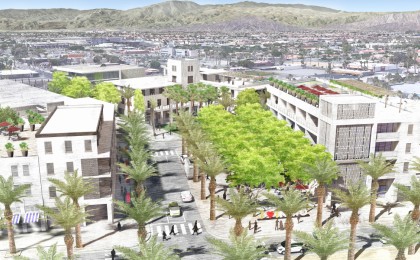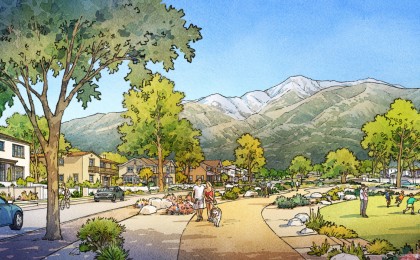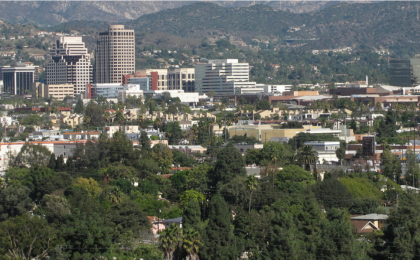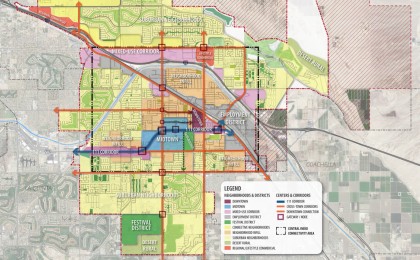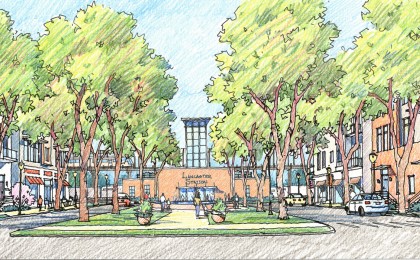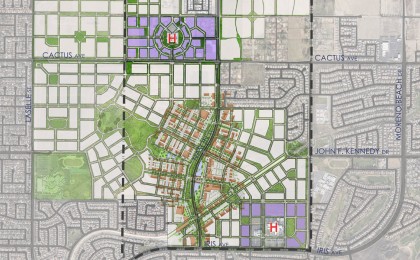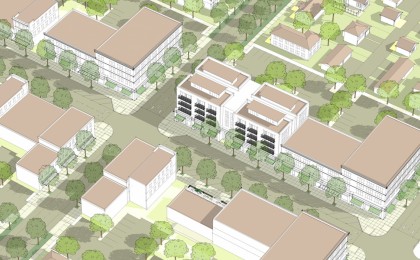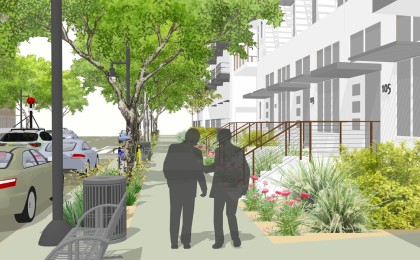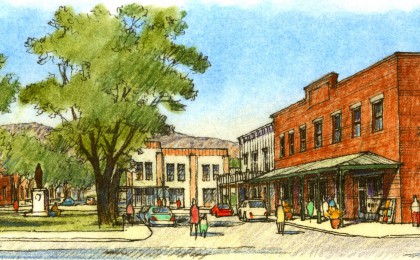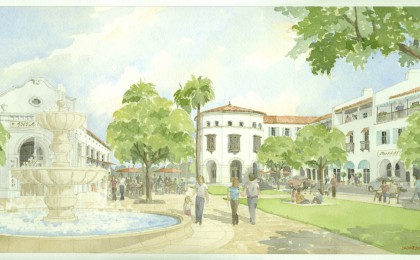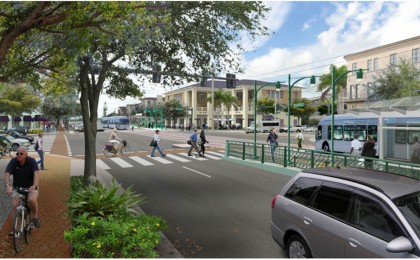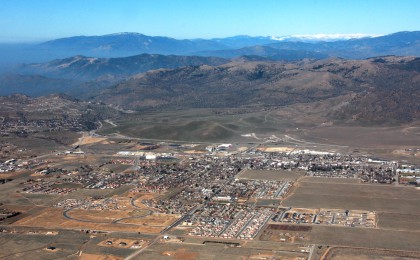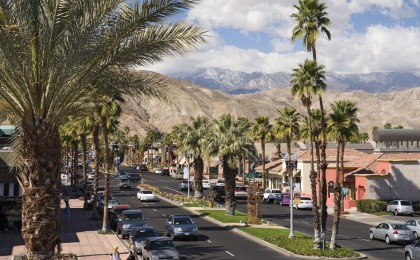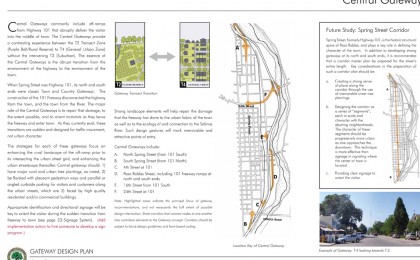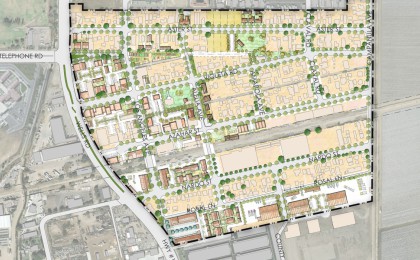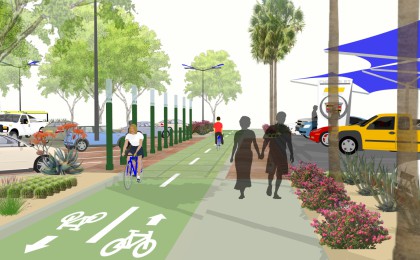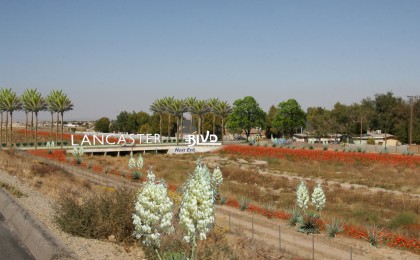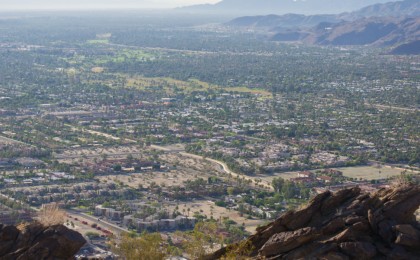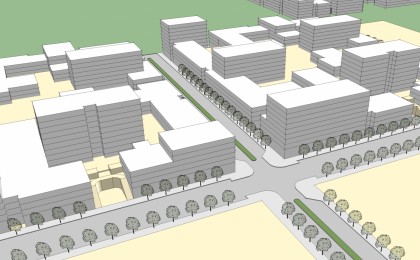Filter by:
Suburban Retrofit
Suburbs grew out of the City Beautiful movement of the late 19th Century, providing a welcome alternative to the gritty industrial cities of that era. Many of those original suburbs, and newer ones as well, were and are exceptionally lovely places to live. But in the post-war era of rapid growth in the 1950s and onward, zoning codes codified the low density, auto-dependent suburban patterns without the pastoral design charm of the early suburbs, generating places with all the traffic congestion of the city and none of the charm of the countryside. It such communities, the spaces between the stable single-family housing developments – the arterial corridors, old strip malls, dead power centers, outmoded business parks, crumbling apartment projects – often present great opportunities for generating new value by transforming them to more complete, walkable places.
A great deal of our work is in such contexts, helping communities to envision the high potential value of transformational change that thoughtful planning and high-quality development codes can generate, inserting more complete networks of complete streets, human scale open spaces, and vision-based development standards and design guidelines to spur reinvestment in infill development built for long term value rather than short-term profit.
